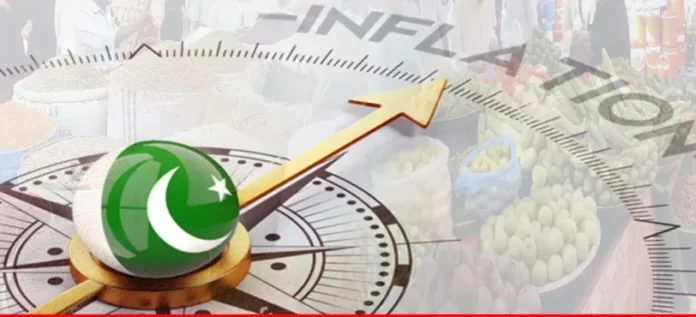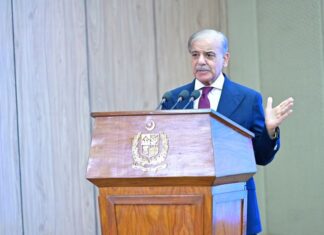Pakistan’s headline inflation is projected to ease further in the coming months, potentially hovering around 8-9% during September and October, according to the Finance Division’s ‘Monthly Economic Update and Outlook’ report.
The report noted that inflation, as measured by the Consumer Price Index (CPI), had fallen to single digits in August 2024 for the first time in 34 months, reaching 9.6% year-on-year, compared to 27.4% in August 2023.
The Finance Ministry highlighted positive economic developments during the first two months of FY2025, with declining inflation, growth in industrial output, and promising trends in key export sectors. “The current account deficit has narrowed, and the fiscal sector remains resilient, driven by prudent measures,” the report said, predicting continued positive momentum in the coming months.
On the external front, the Finance Ministry expects momentum in trade activities. For September 2024, exports are projected to remain between $2.5-3.0 billion, while imports are expected to range from $4.5-5.0 billion. Workers’ remittances are estimated at $2.7-3.2 billion for the month.
With stable fiscal performance, declining inflation, and growth in key sectors, the outlook for Pakistan’s economy appears positive, the report concluded.
After a period of decline, large-scale manufacturing (LSM) has shown signs of recovery, with an output increase of 2.4% in July 2024, compared to a 5.4% contraction in July 2023.
This growth is attributed to improved market conditions and supportive government policies.
Out of 22 sectors, 14 showed positive growth, including key industries like textiles, food and beverages, chemicals, petroleum products, and automobiles.
The textile sector, which holds the largest share in LSM (18.2%), returned to positive growth after 24 months, aided by a favorable external environment, stable exchange rates, and easing inflationary pressures.
On the agricultural front, the Kharif 2024 season shows promising signs despite some challenges. Imports of agricultural machinery rose by 105.6% during July-August 2024, reflecting increased focus on mechanization and innovation in farming.
However, urea offtake during the Kharif 2024 period (April-August) fell by 13.6% compared to Kharif 2023, while DAP offtake dropped by 21.9%. This decline was attributed to late sowing due to climate factors and reduced cotton acreage.























